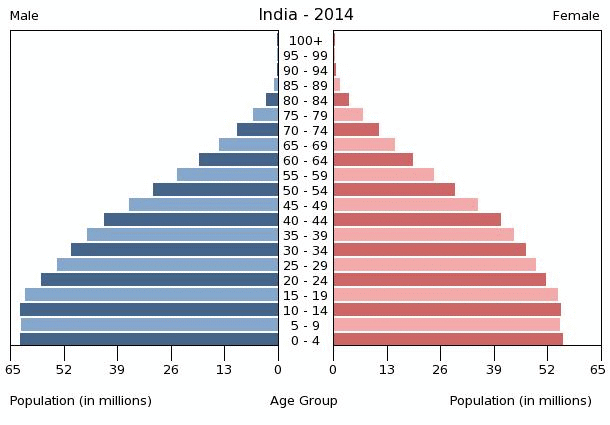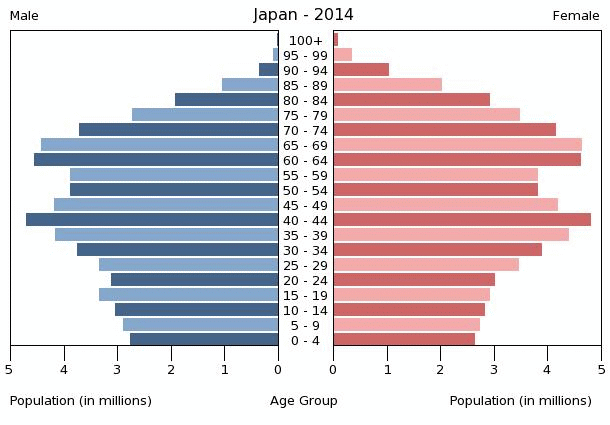Last month, I attended the annual conference of the CFA Institute, a gathering of Chartered Financial Analysts from all over the world. This year’s conference was held in Frankfurt, Germany, attracting more attendees from Europe and Asia than usual.
My wife and I arrived a week early to take advantage of the opportunity to travel through Germany, Switzerland and France. When the conference ended, we boarded a train to Heidelberg for the afternoon and evening.
Our one-hour, non-stop train ride to Heidelberg made an unscheduled stop in Mannheim. Non-stop trips are not supposed to stop, so we were immediately curious. The conductor instructed us to leave the train and wait on the platform for another train to take us to Heidelberg. Why? Because someone farther down the line decided to end his life by jumping in front of a train, making our track unusable while they tended to the suicide victim.
While waiting 30 minutes or so on the platform, the conductor told me that this occurs an average of three times each day in Germany. That’s right. Every day, three individuals in Germany end their lives by stepping in front of a moving train. I would have been surprised if he had told me it happened three times in a year. Three times a month would have seemed excessive. Three times each day? You gotta be kidding me.
I Googled it. It’s true except it’s more like 2.6 train suicides each day. But that still seems ridiculously high. It seemed curious that so many despondent people would choose that method to end their lives. Because Germany has one of the most stringent gun control laws in Europe, perhaps their choices are limited.
None of that has anything to do with investing or the European economy (unless train suicides are directly related to recessionary activity). I just felt that three train suicides per day was a stunning statistic.
When I travel anywhere, I always look for signs of economic activity (or inactivity). I always try to get a handle on what is going on in the real world. Several years ago, I was counting “For Sale” signs in yards of homes. As they began to disappear, the economic recovery was slowly underway.
The week prior to the conference, we drove to Zurich, Switzerland. Also, we took a train to Paris for a couple of days. As we drove across the border from Germany to Bern, Switzerland, I immediately began to notice cranes. Not the birds, but the “piece of construction equipment” crane. Everywhere I looked I saw cranes… all the way from Bern to Zurich (about an hour’s drive). It seemed like I spotted more cranes than I had ever seen in my entire life cumulatively, although I realize that is probably hyperbole. I would see groups of cranes, three, four or five all congregated in one area. Not just in the cities, but along the entire route from Bern to Zurich.
And every time I saw cranes, I pointed them out, which, it turns out, can eventually become very irritating to the other person riding in the car. But I couldn’t help myself. There were so many of them. I was wondering if there were any left for construction projects occurring in other places in the world.
The reason I mention this is because cranes are a sign of optimism. It might be misplaced optimism, but it is optimism nonetheless. When someone is using a crane to construct a building, they have a general premise that the building is needed for some reason. With the exception of China, most societies don’t construct buildings just to construct buildings. This leads me to believe that, whatever doom and gloom scenarios are painted about the rest of modern Europe, Switzerland is clearly gearing up for good times.
While I was in Frankfurt, Chris Harrington (Senior Portfolio Manager) and Laura Carley (Research Analyst) attended the Strategic Investment Conference in San Diego, a two-day event featuring some of the brightest economic minds in the world.
After returning to our office, Chris, Laura and I compared notes. There were a lot of similar themes and thoughts. However, in the world of economics, there will always be differences of opinions. Here are some of the takeaways:
- There is no immediate rush to flee stock markets, both here and abroad. Although the U.S. stock market is not cheap, no one sees any glaring reason to expect plunging stock prices.
- Interest rates in the U.S. are not spiking any time soon, but they can’t decline much either. A case can be made that owning bonds might be as risky as owning stocks. Duration is a critical issue and it needs to remain as short as possible while still trying to get a decent return.
- Investment grade bonds are expensive. If you expect to get a return in fixed income, you will need to look to high-yield bonds (which can be dangerous) or municipal bonds.
- India is an attractive long-term investment theme (more on that later).
- No one can say for sure what will happen to Greece… or what the effects will be on the rest of Europe. Opinions ran from “it’s not as bad as you think” to “it’s much worse than you think.” The euro, which has recently experienced a small rally, plunges every time potential bad news comes from Greece.
- Emerging markets, which have drastically underperformed for the past several years, may be the best place to get a good return for the next year or two. The strong dollar is contributing to the economies of those countries.
In a session about global demographics, the following graphs were presented:
A demographic look at India

The number of males for each age category is on the left and females are on the right. You can see that India has a large population of individuals under the age of 40 and a very small population above the age of 40. This is ideal economically, and it is how the U.S. looked a couple of decades after WW II. We feel that this demographic picture, combined with structural and political changes that have occurred recently, makes India a good place in which to be invested over the next decade.
A demographic look at the U.S.

We have a very small population of old people today, but you can see that will change dramatically in 20 years. And we may not have produced enough children to support us. Uh-oh. The U.S. is still a great capitalistic democracy in which to invest, but its demographic future doesn’t look as rosy as India’s.
But at least we don’t look like Japan.
A demographic look at Japan

Japan is a demographic nightmare. This aging population doesn’t have nearly enough young people to support it. I wonder if they will loosen their immigration laws. They could use an infusion of young workers from other countries.
One speaker who attended BOTH conferences apparently flew overnight from Chicago to Frankfurt for the CFA conference and then to San Diego for the Strategic Investment Conference. Ian Bremmer, the head of Eurasia group spoke to both groups about geo-political issues around the world.
His new book, Superpower became available this week.
Mr. Bremmer maintains that the U.S. is still the only superpower in the world, and it will remain the only superpower for many years. But its role as a superpower is changing and will continue to change. He sees three possible paths for the U.S.:
- Indispensable America – this is the America with which we are most familiar. In Indispensable America, we need to be the global leader, using available tools to strengthen alliances. We would still be involved in most major skirmishes, trying to spread our brand of freedom and capitalism.
- Moneyball America – the title is taken from Michael Lewis’s book about the Oakland Athletics (also made into a movie), and the story revolves around how general manager, Billy Beane, changed the way winning baseball teams are built. In Moneyball America, we would be less interested in promoting America’s values than in improving America’s value. We would never fight a war to defend a principle, and we would only fight wars to win (an increasingly novel concept). Like Billy Beane, we would be much more selective about where (and on which battles) we would spend our resources.
- Independent America – in this America, the U.S. would be less involved globally. With our new energy-producing capabilities, we are much less reliant on the Middle East. Global challenges are more dangerous and damaging for other countries than they are for the U.S., so why not just let them fend for themselves? In Independent America, the U.S. leads by example, not by force.
To find out which of the three paths Mr. Bremmer recommends, read the book.
Stock markets experienced another good month in April. The S&P 500 increased almost a percent, while foreign stocks (the MSCI All Country ex-US World Index) increased 4.75%. In 2015, the S&P 500 has increased almost 2%, while foreign stocks are up almost 8%.
Bond markets backed up slightly as the 10-year Treasury bond yield rose from 1.92% to 2.03%. Today, it is closer to 2.16%.
At Boyer & Corporon Wealth Management, we are making no major changes to our portfolio allocation.
This information is provided for general information purposes only and should not be construed as investment, tax, or legal advice. Past performance of any market results is no assurance of future performance. The information contained herein has been obtained from sources deemed reliable but is not guaranteed.
